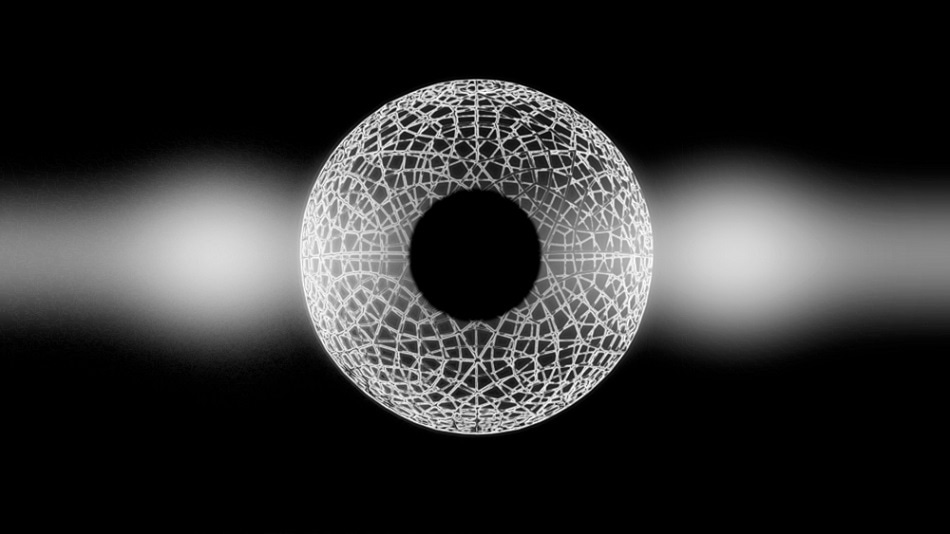-2.jpg) By Thomas HornigoldDec 11 2017
By Thomas HornigoldDec 11 2017 GiroScience/ Shutterstock.com
GiroScience/ Shutterstock.com
An astonishing array of behavior can be seen in materials with different crystal lattices purely based on the interactions of the electron with the lattice, and in semiconductors based on the energetics of the electrons.
Now a team of researchers at the University of Illinois at Urbana-Champaign, Professor of Physics Peter Abbamonte and graduate students Anshul Kogar and Mindy Rak, have produced one of these states of matter for the first time in the lab.
The new form of matter is called excitonium, and although it has been theorized to exist for more than fifty years, this is the first time a sample has been created. Essentially, in semi-conductors like silicon, it is easiest to understand their behavior by considering electrons and “holes”.
Electrons in semiconductors can be in the low-lying valence energy band, or they can be energetically excited to the high-energy conduction band. It is this kind of excitation and de-excitation that governs how solar panels and LEDs work. When an electron is excited into the conduction band, it leaves behind a “hole” – the pseudo-particle created when an electron is “excited” into the conduction band.
The holes act like positively charged electrons. Excitons are a quantum-mechanical state, much like a particle, where an electron is bound together with a hole: the two form a composite particle which acts like a boson.
The new state of matter was discovered in crystals of titanium diselenide, which is often analyzed for its interesting electronic properties that may make it useful in battery technology. Excitonium is an example of a condensate, where macroscopic materials suddenly display quantum-mechanical properties: famous examples include superfluids like Helium-4, and superconductors, which display astonishing electrical properties including zero electrical resistance.
Here, the bosonic particles that form the condensate are these excitons which form when holes bind with electrons in pairs.
"This result is of cosmic significance," according to Abbamonte.
Ever since the term 'excitonium' was coined in the 1960s by Harvard theoretical physicist Bert Halperin, physicists have sought to demonstrate its existence. Theorists have debated whether it would be an insulator, a perfect conductor, or a superfluid—with some convincing arguments on all sides. Since the 1970s, many experimentalists have published evidence of the existence of excitonium, but their findings weren't definitive proof and could equally have been explained by a conventional structural phase transition.
Peter Abbamonte, Professor of Physics, University of Illinois
Finding excitonium had proved difficult up until now because the macroscopic signatures that it leaves behind are difficult to distinguish from those of other types of phase transition. The energetic signature is simply that an energy gap opens up for individual particles, while the formation of a superlattice very closely resembles other types of phase transition.
Only with a new technique, momentum-resolved electron energy-loss spectroscopy (or M-EELS) can the team be sure that what they’re seeing is excitonium. Previous techniques could only measure electron trajectories, without giving values of their actual momenta: now, the researchers can see the collective excitations of the excitons.
This allowed them to see, during the transition at the critical temperature of 190K, the formation of a “soft plasmon” – another type of quasiparticle that arises when electrons interact with their crystal lattices in a certain way. These quasiparticles aren’t formed by ordinary phase transitions, so it was clear that they had actually seen an excitonium state.
I remember Anshul being very excited about the results of our first measurements on TiSe2. We were standing at a whiteboard in the lab as he explained to me that we had just measured something that no one had seen before: a soft plasmon… The work we did on TiSe2 allowed me to see the unique promise our M-EELS technique holds for advancing our knowledge of the physical properties of materials and has motivated my continued research on TiSe2.
Mindy Rak, Graduate Student, University of Illinois
It's astonishing just how rich and varied an array of behavior can be obtained by quantum-mechanical interactions on crystal lattices. M-EELS and other more advanced measurement techniques will allow us to explore the vast array of states of matter that can occur, and will hopefully help us to build towards a greater theoretical understanding.
Once we have this, it may be possible to design and synthesize substances with extremely useful optical and material properties. For example, the holy grail of condensed-matter physics: a room-temperature superconductor.
The study, “Signatures of exciton condensation in a transition metal dichalcogenide,” is published in Science this week.
Disclaimer: The views expressed here are those of the author expressed in their private capacity and do not necessarily represent the views of AZoM.com Limited T/A AZoNetwork the owner and operator of this website. This disclaimer forms part of the Terms and conditions of use of this website.